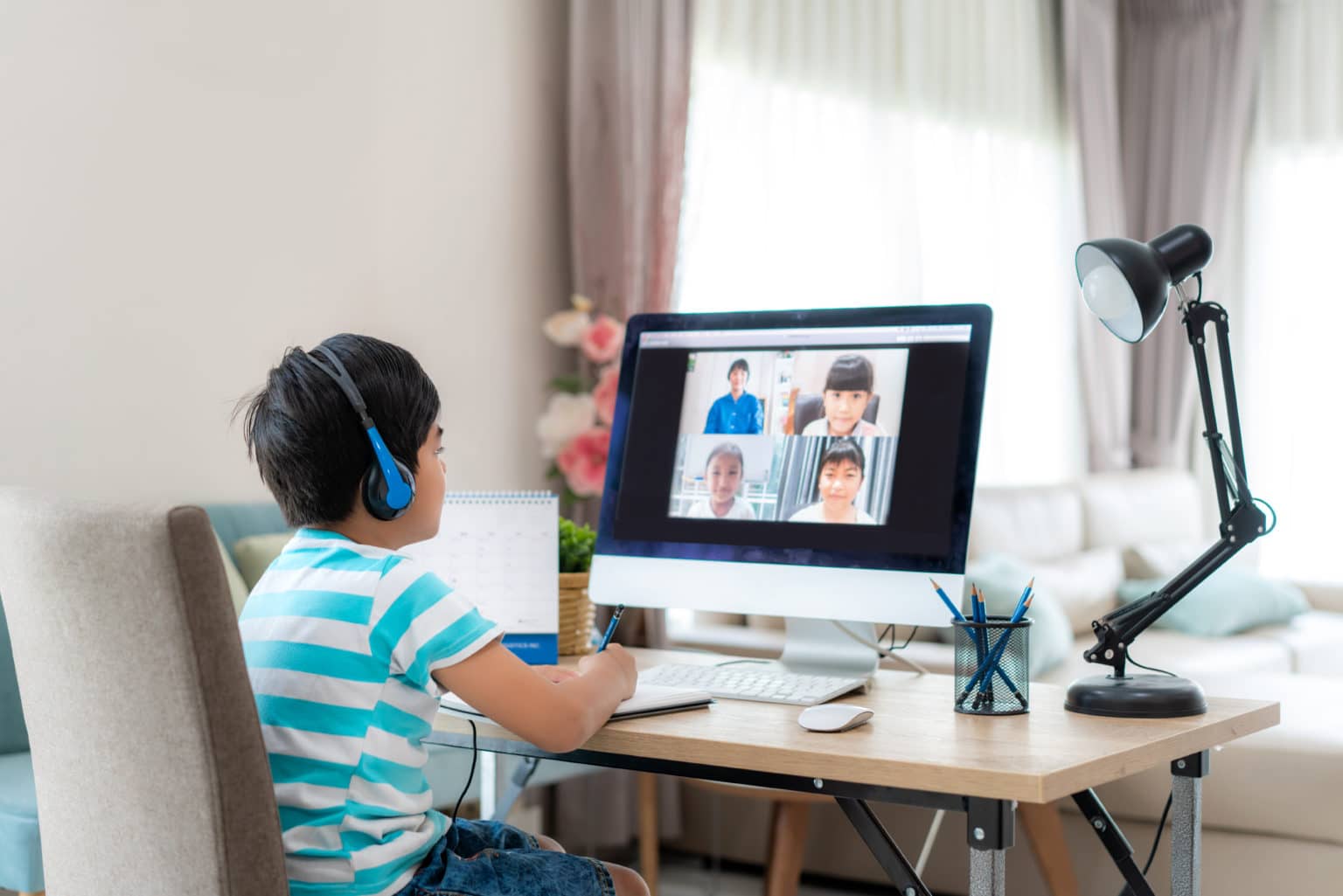
Class is the next generation virtual classroom for K-12, higher education, government agencies, and the workplace. Contact us today to schedule your live demo and see Class in action.

Class is the next generation virtual classroom for K-12, higher education, government agencies, and the workplace. Contact us today to schedule your live demo and see Class in action.

Even as many school systems and universities around the country have reinstituted in-person learning during the coronavirus, some continue to embrace remote learning to some degree. And it’s likely that even after the virus has subsided, the lessons learned during the pandemic will significantly boost the use of online teaching tools like Class to facilitate virtual learning at all levels of education.
Over the past several months, teachers have learned how to best be using Zoom in the classroom. Here we look at some Zoom tips for teachers that can be easily implemented whether online teaching at the K-12 or higher-ed level and beyond.
One of the big benefits of using Zoom in classrooms is that it offers a number of features to help replicate the real-life classroom experience for hybrid or virtual learning. The whiteboard feature, for example.
Arash Fayz is co-founder and executive director of LA Tutors 123, a test preparation, academic consultation, and private tutoring company. The “biggest recommendation” Fayz has for teachers using Zoom is “really learn and utilize the whiteboard feature. “Students are eager to use and learn technology, and now that their classes may be fully online, it is more important than ever to use tools and functions that promote class,” Fayz says. “Zoom’s whiteboard feature is more than just a blank slate—teachers can clearly demonstrate complex math formulas, copy and past outside text to mark up, students can request permission to add notes, drawings, and much more.”
The whiteboard feature, says Fayz, is “great for younger students to keep them engaged as well as older students to demonstrate their content understanding.”
As teachers have learned how to use Zoom for online classes, one of their go-to options has become breakout rooms, which provide an opportunity for groups of various sizes and types to interact in real-time.
Annie George-Puskar, Ph.D., is an assistant professor at the Fordham University Graduate School of Education and teaches both large and small classes of graduate students. For both, she says, “it has been valuable to use the breakout room features of Zoom allowing smaller groups to have meaningful discussions and engage with content.” In larger groups, she says, “the reaction buttons and whiteboard feature keep students engaged during lectures.” George-Puskar says that she also schedules her classes with detailed agendas to ensure the class is meeting its learning objectives and to keep activities moving forward “so students remain attentive while looking at a screen.”

Some types of education rely more on real-world interactions than others. Medical school is a prime example. But, even at the highest levels of education, like medical school, where real-world experiences are critical, Zoom can offer opportunities to bridge the gap as more students are learning online says Dr. Molly Johannessen, director of education and teaching and associate professor of physiology at the University of Medicine and Health Sciences (UMHS).
“Like many medical schools, we sent our students home to stay safe in quarantine with their families, but that left the challenge of how to focus on those hands-on learning experiences for the summer semester,” Johannessen says. To accomplish this, she says, the school has been leaning on educational partners like Zoom which has allowed for various types of online learning-focused sessions. Students, she says, are reviewing procedures orally with their classmates in a Zoom environment, reviewing pre-recorded videos by faculty and engaging in remote clinical encounters with digital patients. Even though “the mode of transmission of knowledge may be new, the learning goals have not changed,” she says.
The pandemic has led to a lot of isolation for students and teachers alike. But using Zoom in the classroom can help to relieve those feelings of isolation—not just for educational interactions, but to spur social engagement as well.
Marian Stoltz-Loike, Ph.D., is director of online education at Touro College and dean of Touro’s Lander College for Women. “Duplicating the immediacy of hallway conversations is impossible, but many ingenious faculty have found ways to encourage student interactions in Zoom breakout rooms, in drop-in sessions or in other ways,” Stoltz-Loike says. For instance, she says: “Many faculty members have begun using discussion boards in their learning management systems in remote education courses. They have found that providing students with an ability to answer questions before they come to class promotes a richer educational environment in their Zoom classes, a practice they plan to continue after they return to the classroom.”
That engagement can occur between other key audiences as well.

Zoom isn’t just for interactions between teachers and students. It’s a platform that also can help facilitate connections with other key audiences. For instance, Stoltz-Loike suggests that administrators consider using Zoom to “hold regular town halls—at least every 6-8 weeks—to share information with students and to listen to questions.” Other external experts and parents could also join, or hold their own separate town halls, she says.
Technology like Class has helped teachers, students and parents navigate a new world of online educational interactions. They’ve identified a number of Zoom tips for teachers as they engaged and educated students during the pandemic. Whether teaching young children or future doctors, the use of Zoom in the classroom offers a virtual learning experience that is leading to new insights that will continue to be applied even as the world opens up to more in-person interactions. Education has changed forever. And that’s a good thing!

Class is the next generation virtual classroom for K-12, higher education, government agencies, and the workplace. Contact us today to schedule your live demo and see Class in action.

Class is the next generation virtual classroom for K-12, higher education, government agencies, and the workplace. Contact us today to schedule your live demo and see Class in action.
Get our insights, tips, and best practices delivered to your inbox

Sign up for a product demo today to learn how Class’s virtual classroom powers digital transformation at your organization.

Features
Products
Integrations